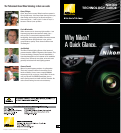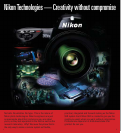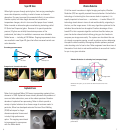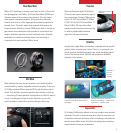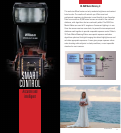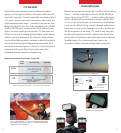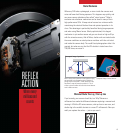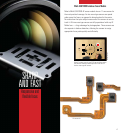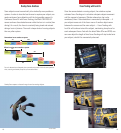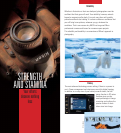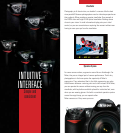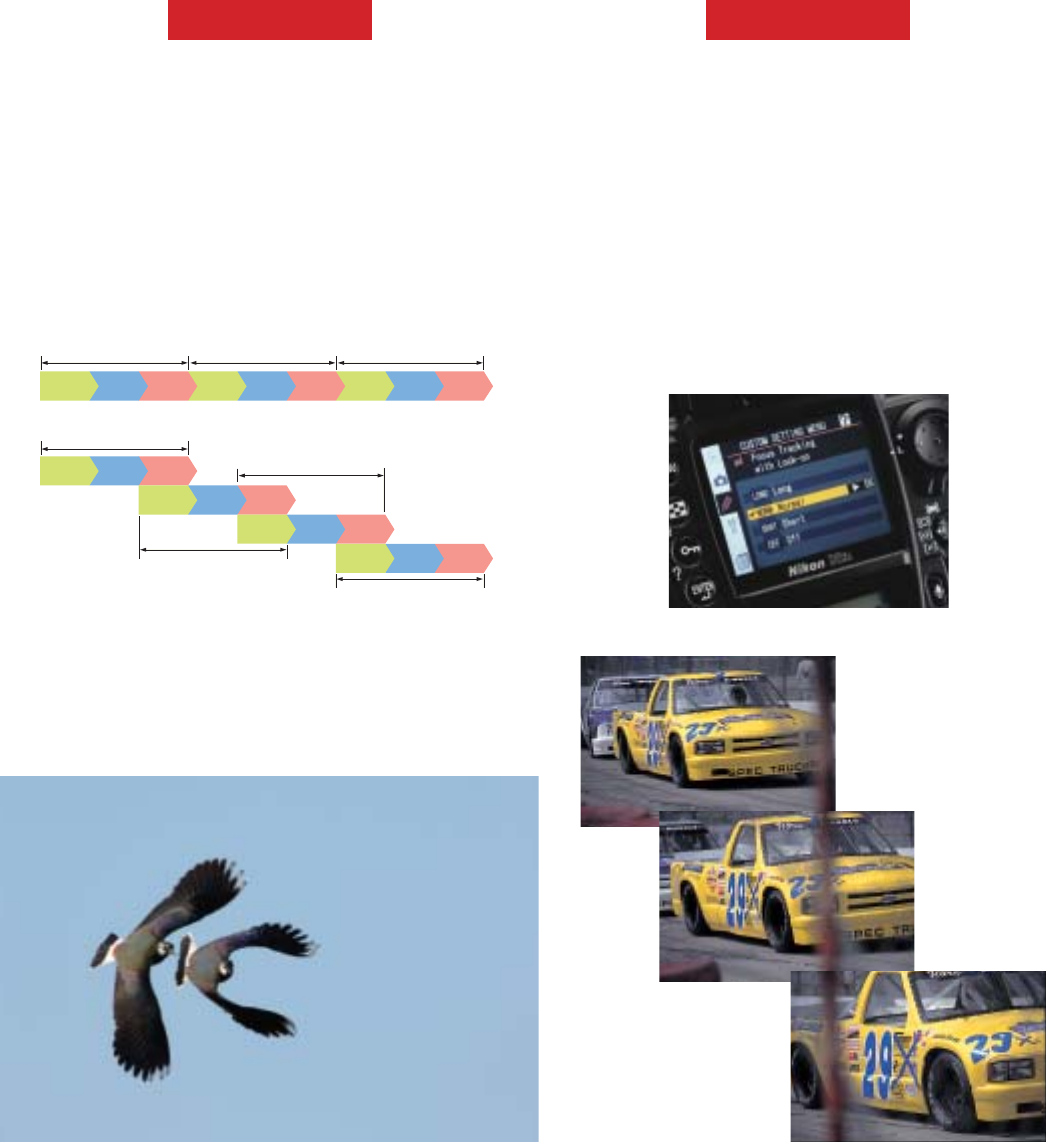
1918
Overlap Servo Autofocus
Some subjects move too erratically to be tracked by many autofocus
systems. In order to have the best chance to capture your subject, one
needs continuous focus detection until the last possible moment. In
Continuous Servo AF with Focus Tracking, the Multi-CAM 2000 AF
sensor continues focus detection even while the lens is in motion (lens
driving). As a result, the focus is constantly being tuned and retuned
during a burst of pictures. The result: sharper shots of moving subjects
than any other system.
Focus Tracking with Lock-On
Once the camera detects a moving subject, the autofocus system
activates Focus Tracking so it can better anticipate subject movement
until the moment of exposure. (Shutter release time lag is also
considered.) Even if focus detection is momentarily interrupted — if
your subject moves out of the focus area or if another object comes
between the camera and the main subject — Focus Tracking with
Lock-On will continue to track the subject, maintaining sharp focus for
each subsequent frame. And with the latest Nikon D2xs and D200, one
can even adjust the length of time Focus Tracking will stay locked onto
your subject, should it be momentarily obscured.
Conventional servo autofocus system
Nikon’s overlap servo autofocus system
Focus
detection
Compu-
tation
Lens
drive
1st
1st
2nd 3rd
2nd
3rd
4th
Focus
detection
Compu-
tation
Lens
drive
Focus
detection
Compu-
tation
Lens
drive
Focus
detection
Compu-
tation
Lens
drive
Focus
detection
Compu-
tation
Lens
drive
Focus
detection
Compu-
tation
Lens
drive
Focus
detection
Compu-
tation
Lens
drive
Overlap Servo captures a focused image of even fast-moving subjects.
Focus is detected more frequently than conventional systems within the same period of
time, ensuring consistently sharp focus, frame after frame.
© Foto Natura
© Noriyuki Yuasa



